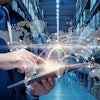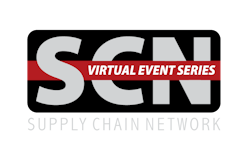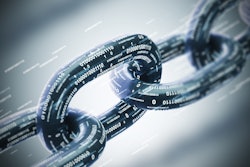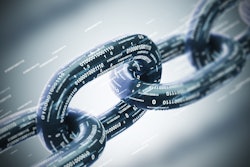
It’s probably expected for those working for supply chain planning software companies to think automation is the champion. However, in algorithms, rules don’t exist without exceptions.
Take for instance a company that used an intelligent forecasting program from IBM called Inven, which was designed to replace retail buyers. One customer took the plunge and replaced all of its buyers with Inven. This utterly failed because Inven didn’t take into account the “exceptions,” or unpredictable demand patterns that required human intervention. In less than one year, the buyers were back in place and before long, the product was sunset as well.
This early experience relates to an MIT Technology Review, “Our weird behavior during the pandemic is messing with AI models,” which explains that during a serious crisis like COVID-19, organizations can’t rely on algorithms alone to make sound decisions. To illustrate, the author explained how at the end of February, it only took five days for the Top 10 Amazon search terms in many countries to change from phone chargers and Legos to products like hand sanitizer, face masks and Lysol. This sent reverberations throughout global retail supply chains.
Amazon being Amazon responded pretty nimbly to this radical transition of consumer demand. Other less algo-savvy retailers and manufacturers using artificial intelligence (AI) and machine learning (ML) systems were caught off guard and struggled to respond to the freakish impact of COVID-19 on demand. This isn’t the fault of these technologies. AI is essentially just a collection of data that can be pushed through pre-defined models, while ML looks for patterns to put through the models.
With the forced change in habits COVID-19 has caused, those patterns and models break down. And, much like IBM in the 80s, any AI/ML that focuses on pure automation will fail when exceptions become the rule.
Unless you train the models to know what to expect in a crisis, how can they know? This is why one of the MIT experts recommends that “AI should be trained on freak events like the Great Depression of the 1930s, the Black Monday stock market crash in 1987 and the 2007-2008 financial crisis”.
As COVID-19 moves around the world, patterns are emerging with respect to how people buy goods like toilet paper, cleansers and athletic shoes. Now is the prime time to learn from this behavior and be prepared to apply it to the next regional or global anomaly.
It’s also useful to train algorithms using data from smaller, regional crises, like hurricanes. As with toilet paper consumption at the outset of COVID-19, people were topping off their gas tanks whenever they could, compounding the supply issue. Companies have learned well from studying the Florida hurricanes and now do a great job at stocking their shelves during these weather events.
However, no matter how many previous events you train a model in, no two crises are exactly the same. You still need humans to guide the learning. There might be trends that slowly move behaviors, but ultimately the baseline pattern is consistent.
During the pandemic, McDonald’s Mesoamérica, for example, grappled with volume reductions, forecast uncertainty and the challenge of moving perishable food through four different markets, (Guatemala, El Salvador, Honduras and Nicaragua) each with distinct governmental policies. McDonald’s planning system provides clear visibility of its network of 135 restaurants, distribution centers and facilities, including inventory per warehouse, per location, per item, in near real-time. Crucially, its planning team is collaborating to move to daily, short-term forecasting in order to be more responsive to continual change. Instead of relying on four years of information, the team only relies on two days of information to model the realities of COVID-19. This illustrates well how forecast accuracy in a crisis relies heavily on human experience and judgement.
The world will return to the previous norm once people feel safe again. That means we can either discard the anomalies of this time or use people to help machines learn from the anomalies.
Finally, any company that claims that AI/ML can automatically solve all the world's problems is setting themselves up and just waiting for the exceptions to derail the results. The focus has to be on exception-driven or human-guided AI and ML.
















